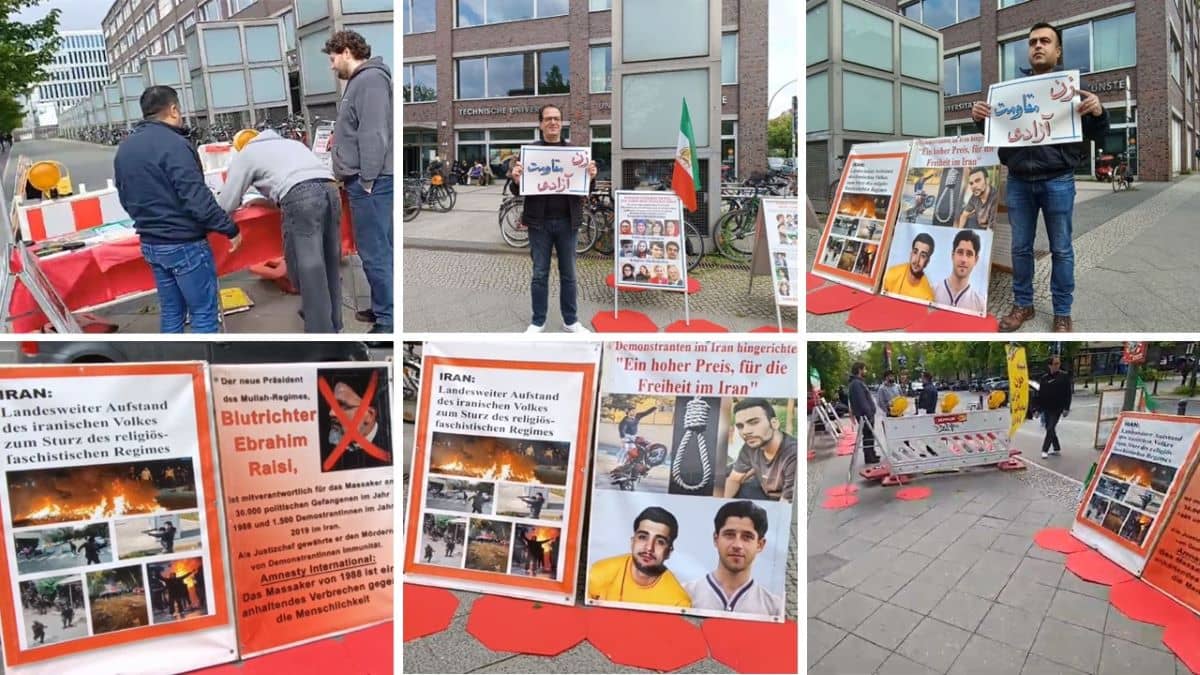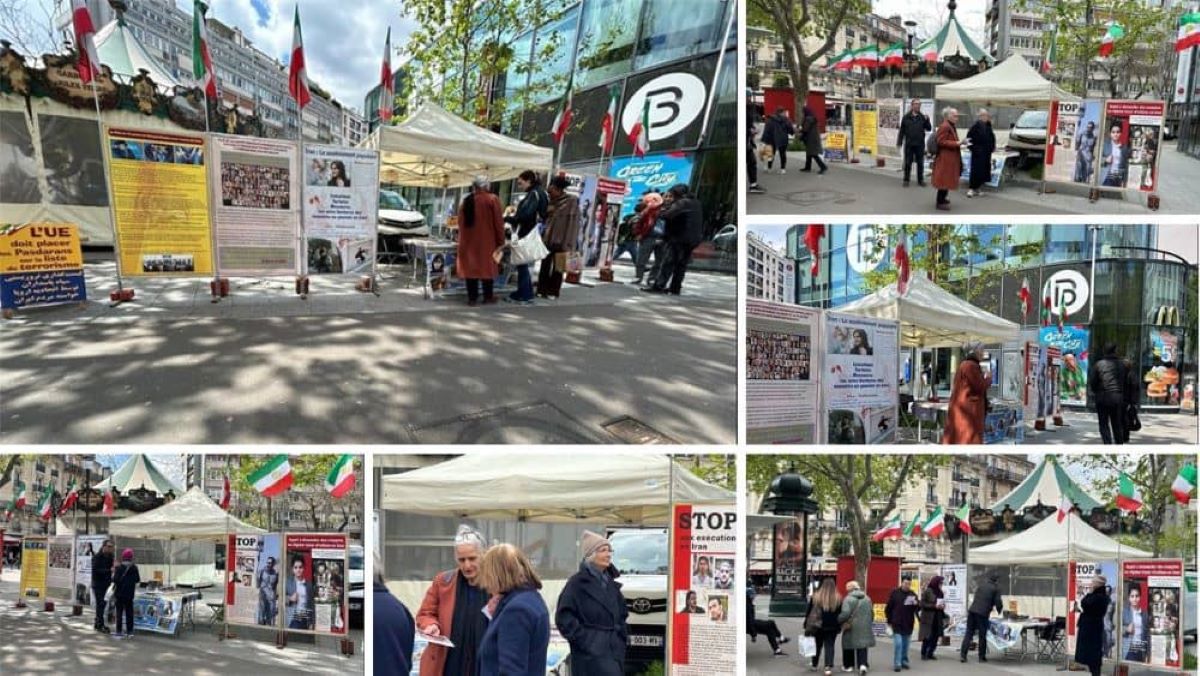On July 23, 2021, Amnesty International’s deputy director for the Middle East and North Africa commented upon Iran’s regime repressive response to protests over water shortages in the Iranian province of Khuzestan by drawing comparisons to the crackdown on an earlier nationwide uprising. “Iran’s authorities have a harrowing track record of using unlawful lethal force,” Diana Eltahawy said in a statement. “The events unfolding in Khuzestan have chilling echoes of November 2019, when security forces unlawfully killed hundreds of protesters and bystanders but were never held to account.”
“Ending impunity is vital for preventing further bloodshed,” Eltahawy added. It is a sentiment that the international community should have immediately embraced before Iran’s latest crackdown grew more intense and widespread. At the time of the Amnesty statement, only two fatalities had been confirmed among the protesters, but days later the human rights organization reported that at least eight individuals had been killed by gunfire from Iranian security forces. And on July 25, the National Council of Resistance of Iran released its own statement identifying twelve victims by name and reiterating the appeal for international measures intended to hold regime authorities accountable.
“The Iranian Resistance urges the United Nations Secretary-General, the UN Security Council, the European Union, and its member states to condemn these crimes against humanity and take the necessary steps to confront a regime [that has been] committing crimes against humanity for more than four decades,” the statement said. “The leaders of the regime must be brought to justice, and the UN Security Council must initiate any action needed to [achieve] this end.”
This message had already been delivered to the international community several days before the outbreak of the Khuzestan protests, in the form of speeches by NCRI officials and their political supporters at the three-day Free Iran World Summit. In the first of her three speeches at the event, Mrs. Maryam Rajavi President-elect of the National Council of Resistance of Iran (NCRI) suggested that the Iranian nation was entering a “new era” which would be defined by an historic increase in “the hostility and enmity between the Iranian regime and society.”
The era in question was expected to begin with the inauguration of Ebrahim Raisi as the new president of the Mullahs’ regime, an incident which Mrs. Rajavi said would be a “litmus test” for whether the international community would “engage and deal with this genocidal regime or stand with the Iranian people.” But the unrest preceding that inauguration suggests that the era of increased hostility may have already begun, and that the international community is thus facing its litmus test even earlier than anticipated.
This is not to say that there won’t still be further escalation. In fact, it is precisely because of the escalation that is already underway that entities like Amnesty International recognize such clear parallels between the current demonstrations and the November 2019 uprising. In that case, demonstrations broke out simultaneously across nearly 200 cities and towns, virtually all of them featuring anti-government slogans like “death to the dictator” which had previously been popularized by a similar, though more gradual uprising in the first weeks of 2018. The continuity of this messaging left the regime in dire panic over direct challenges to its hold on power, and security forces responded by opening fire on crowds, killing approximately 1,500 people.
Reports from the current areas of unrest pale in comparison to this, but it bears noting that those reports have been impeded by comprehensive internet service interruptions and other efforts by regime authorities to stem the flow of information. When the effects of those obstructions diminish, it will no doubt be revealed that the regime’s crackdowns were even worse than they appeared at first glance. The NCRI is already reporting that its initial report of a dozen fatalities is only a partial account of the death toll from the first two weeks of unrest. More names will be revealed as their identities are confirmed.
Then again, this latter fact should come as no surprise. Even after 1,500 people were killed in the initial crackdown on the November 2019 uprising, thousands of Iranians proved willing to return to the streets in January 2020, whereupon they once again condemned the entire regime and also took aim at the main perpetrators of the shootings, the Revolutionary Guard (IRGC). This defiance of repression was cited by the NCRI as evidence that the country is fast approaching an inflection point for regime change – an outcome that could easily be accelerated if Western powers merely provided political support to the Resistance movement.
“As far as the international community is concerned,” Mrs. Rajavi said during the Free Iran World Summit, “we ask it to recognize the struggle of the Iranian people to overthrow this regime.” Concrete recommendations came nowhere near to an appeal for direct assistance, but included recommendations for international investigations into the regime’s past crimes against humanity, including those carried out with the assistance of President-elect Ebrahim Raisi.
In 1988, Raisi was a key figure in the “death commissions” that oversaw the mass execution of approximately 30,000 political prisoners, most of them members of the NCRI’s main constituent group, the People’s Mojahedin Organization of Iran (PMOI/MEK). In 2019, as judiciary chief, Raisi was effectively in charge of the crackdown on that year’s uprising, including not just the shooting incidents but also the torture of political detainees which went on for months afterward.
The PMOI/MEK and the Iranian people have defied all such efforts at repression throughout the 42-year history of the Mullahs’ regime. The current situation of unrest, extending well beyond Khuzestan and focusing as much on the repression itself as on the government’s failure of water management, reinforces this point. Although accounts of the repression may grow increasingly shocking as the unrest persists, it may turn out that the current unrest is building toward another uprising that is similar to November 2019 in terms of the danger that it poses both to the activist community and to the regime.
If and when that happens, the international community will certainly have to take a side in the conflict. And if any policymakers advocate for remaining on the sidelines while still recognizing the theocratic dictatorship as legitimate, then it must be understood that those policymakers are effectively siding with the regime and its violently repressive institutions. As Iran’s civil tensions build, the opportunities for neutrality shrink toward nothingness. As the era of Ebrahim Raisi begins, the international community must reckon with its former silence on Iran’s human rights abuses, and with the real prospect for regime change leading to a free and democratic republic.





